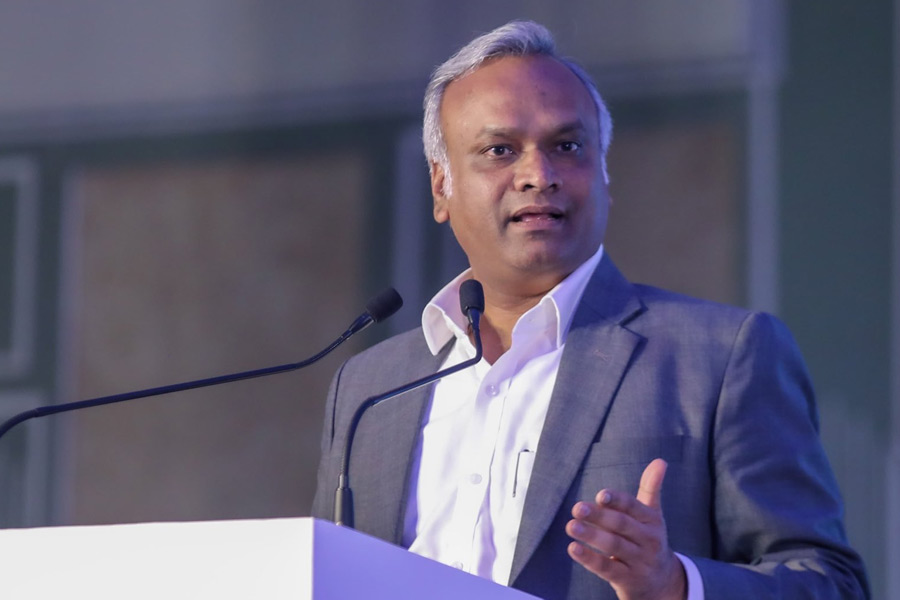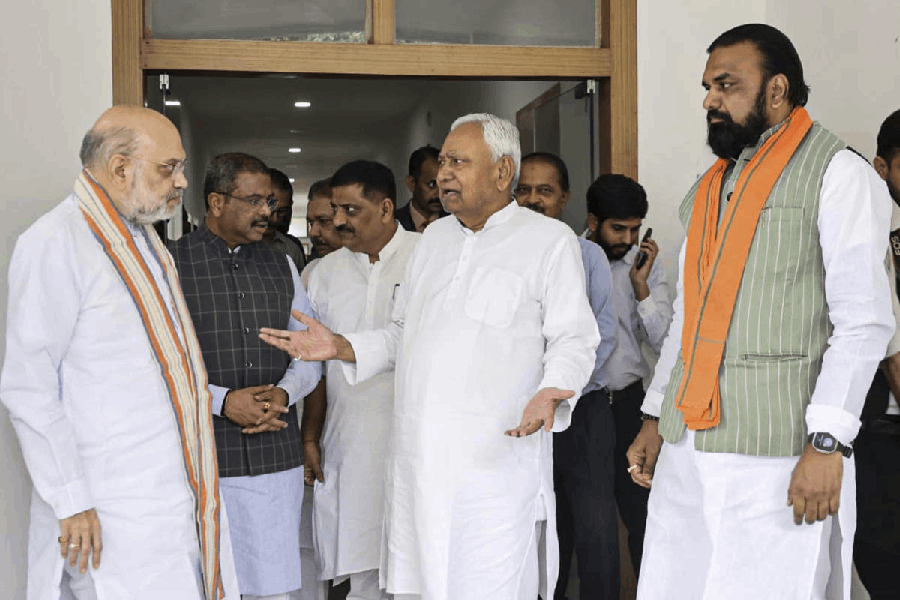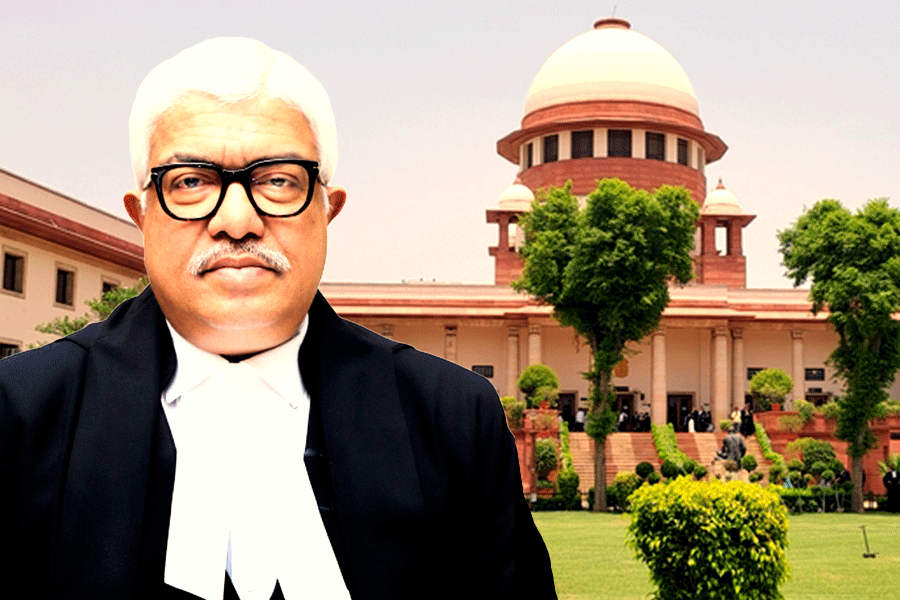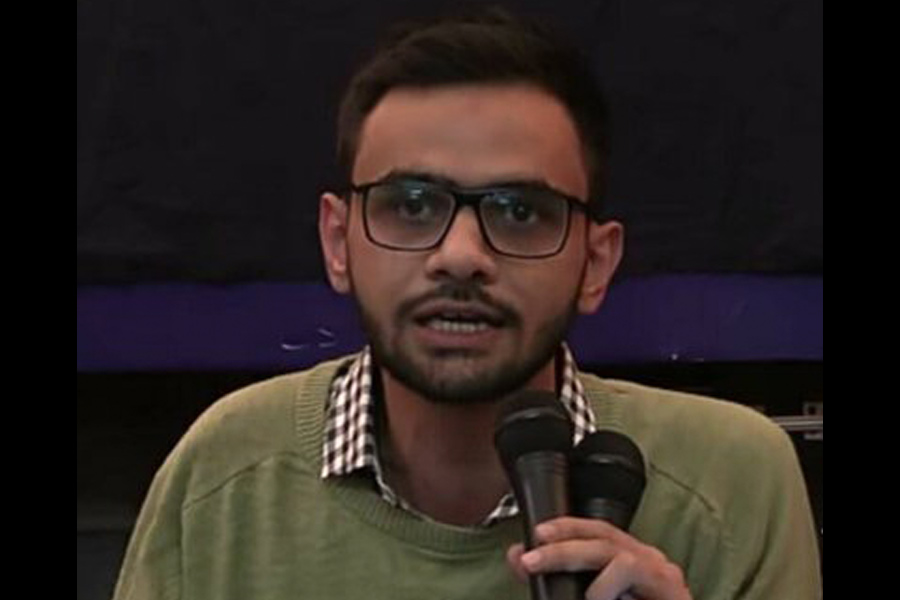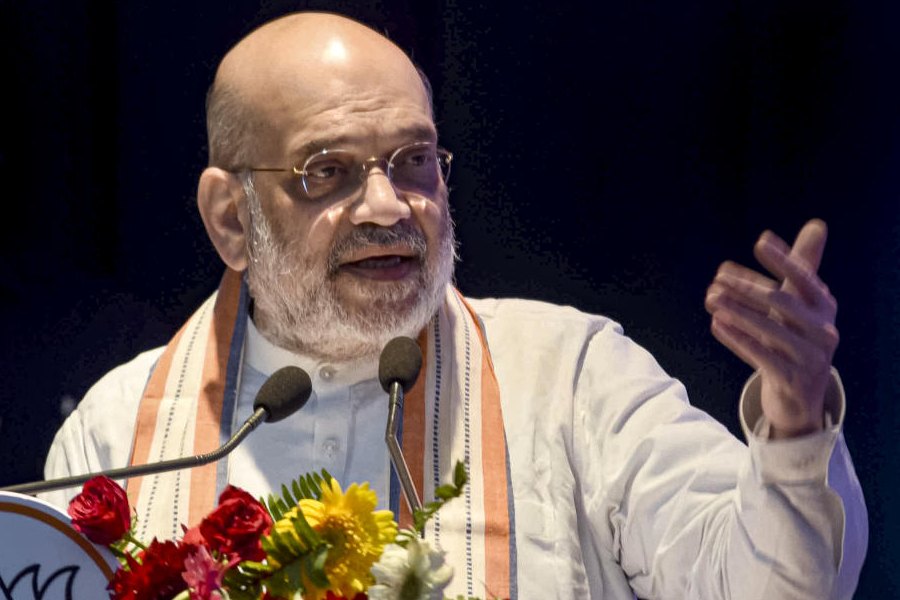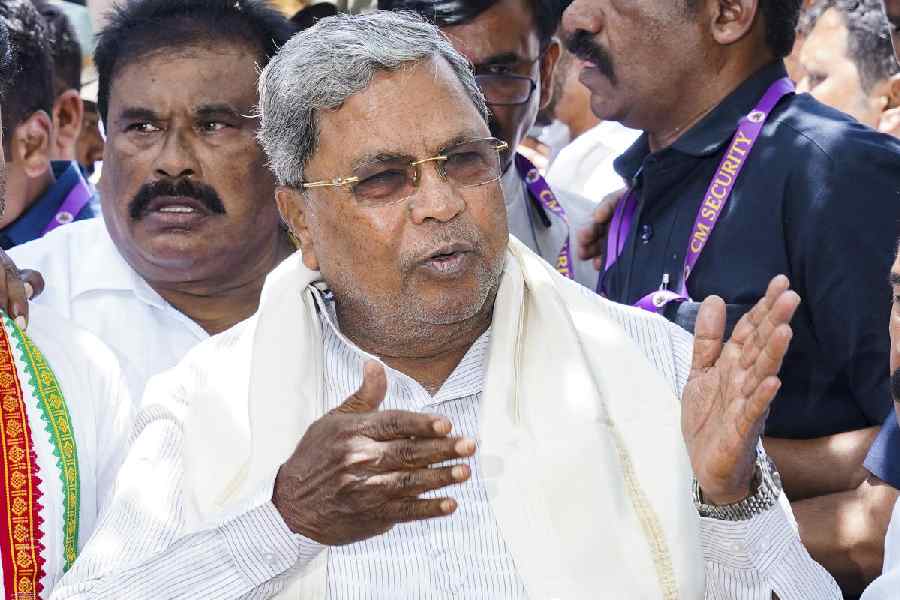-





FAST FOOD FICTION: (From top): Bhaavna Arora, Preeti Shenoy, Sudeep Nagarkar, Ravinder Singh and Durjoy Datta
If you are re-reading War and Peace, you may well have missed Bhaavna Arora's The Deliberate Sinner. It took the Bangalore-based corporate trainer, inspired by Shobhaa D's fiction, all of one month to write the book.
She pitched it to four publishers, got two rejects, two said yes, one gave a higher commission and an earlier launch date, and presto! in June she was cresting the bestselling charts of Amazon for 15 days on pre-launch orders and 10 days on debut. The tale about a woman whose quest for sexual fulfillment transcends marriage, Sinner, with a nod-and-wink cover, was released by Union railways minister Sadanand Gowda.
Welcome to a glimpse of just a few of India's bestselling English authors of commercial fiction. According to a conservative estimate, they may have together sold 50 lakh copies. But don't be surprised if you find that you have not heard of Arora — or of Durjoy Datta, Ravinder Singh, Preeti Shenoy and Sudeep Nagarkar.
Call the genre what you will — mass fiction, or pulp fiction. What's true is that the invisible array of fast food fiction is being gulped down as voraciously as phuchka and jhaal muri.
'My book is based on the relationships around me that I have observed. I was aghast when a friend asked me what an orgasm was. And she has two children! My book is a lust story, not a love story,' Arora says.
It is a point to be stressed, for the big guns of pulp fiction — Datta, Shenoy, Singh, Nagarkar and the ruling God of this genre, Chetan Bhagat — veer more towards love stories. Their own experiences are enough to provide them with heart-tugging material that strike an instant chord with their fans who find an echo of their personal turmoil in these reads.
'All the four books that I have written are autobiographical and inspired from the agony of my once frustrated love,' says software engineer Sudeep Nagarkar. A self-confessed introvert, he converted his personal Bridget Jones diary into his first bestseller. Mumbai-based Nagarkar has written four bestsellers — including his latest, Sorry, You Are Not My Type.
Whatever the subject, the instant connect their fans feel is what drives this genre. 'One of the most common attributes is colloquial English, the language that you and I use in our day-to-day lives. This coupled with stories which the readers indentify with are the biggest USPs of these books,' says Arup Bose, publisher, Srishti Publishers & Distributors, the Delhi-based company that has been the launch pad of many a star writer. Among the authors it spotted were Datta, Nagarkar, Singh and Shenoy — whose Life is What You Make it has been in the top-5 of the bestselling fiction list by Nielsen Bookscan since its release three years ago.
As for themes, it is not just love that drives this dish. 'Gone are the days when the story would just be a vapid tale of love revolving around a set of characters. Now there are social malaises, economic downturns, infidelity and other real world problems thrown into the mix,' Bose adds. There is also death — Ravinder Singh's first book I Too Had a Love Story derived from the death of his fiance.
'Commercial fiction concentrates on simple storylines, identifiable characters and the use of jargon-free, colloquial language. The ultimate goal of these books is pure entertainment,' says Gurveen Chadha, editor, Random House India, who edits Nagarkar.
Many authors, like Nagarkar, move to the bigger publishing houses after their initial successes. Datta and Singh too have either shifted to or been acquired by publishers such as Random House and Penguin. Shenoy shifted to Westland.
What started with Shobhaa D — then with a single 'a' — in the Eighties has now become a deluge, thanks mostly to Chetan Bhagat, who became an instant success with his 2004 book Five point someone.
'He is 'God' for writers like us,' says Arora, who has read three authors — Khushwant Singh, Paul Coelho and her 'inspiration', Shobhaa D.
For publishers, it's a win-win situation. Most of them bring out 4-6 titles a month in this segment. Once a book sells 10,000 copies it is declared a bestseller. Chadha says she tries to get Nagarkar to write a new book every year so that his readers have something to look forward to.
'The growth in this segment has been exponential so far. It has evolved and continues to evolve. Genres like mythological fiction, thrillers and erotica are becoming more and more acceptable,' says Vaishali Mathur, executive editor, Penguin. Mathur adds that the prices are kept low to encourage buyers. Most of these books are priced between Rs 99 and Rs 295.
Durjoy Datta reckons that his average reader would be someone between the ages of 15 and 28. In Bhagat's footsteps, Mumbai-based Datta — described in his book blurbs as the 'hottest-selling romance writer' — is now working on the screenplays for a couple of his books.
'My books have sold upwards of two million copies in the last five years. When Only Love Remains and Till the Last Breath are my fastest selling novels, though Of Course I Love You... Till I find someone better else [his first book] did well, too, when it was released and sold 50,000 copies in the first year which took all of us by surprise,' Datta says.
The change in the realm of pulp fiction is driven by the price, good distribution and the strategy of striking chords with readers. But a big shoulder to the mass fiction wheel today is social media. 'Social media help us reach the intended audience who are most active there and are not shy to voice their appreciation or discontent,' Bose holds.
Most authors have a steady social media presence that feeds blogs and book review sites. Updates on author signings and launch events are possible through low-cost feeds on Facebook and Twitter.
The authors also visit small towns because of the large readerships there. 'Sudeep's books... also do well in smaller towns such as Kota, Kolhapur, Agra, etc. The response to an event at a mall in Kota was phenomenal,' Chadha says.
But a lot of the promotion is done just on the social media sites — leaving Nagarkar to wonder where the authors would be without these interactive hubs. 'If social media never existed, how difficult it would have been to promote your books through conventional methods,' he says.
Datta disagrees. 'A social media presence does help to sell the book but having said that it's only a minor help.'
However, Sachin Garg, his co-founder in Grapevine, a publishing company, believes that the Internet is an effective marketing platform for newcomers. 'You reach out to the audience every single day without spending money,' says Garg, also a bestselling author with over a lakh copies sold in five years. 'But we are on the brink of the next big thing. We (Grapevine) are starting a YouTube channel for book promotions and viral content,' says the author of I'm Not Twenty Four... I've been nineteen for five years.
What the industry is still to crack is why the books don't they have an instant recall among what may be described as a wider reading audience. 'I wonder why that is??,' Random House's Chadha responds cheekily — two question marks in tow.
Penguin and Srishti are loath to agree that commercial authors have poor recall value, pointing to audience numbers at book events. 'They do have instant recall amongst their readers and even amongst those who haven't read them. Otherwise how do all their books continue to be bestsellers till date,' Mathur asks.
Ask Bangalore-based Preeti Shenoy about visibility, and she stresses that it is a relative term. 'It depends on reader profile. Perhaps the lit fest crowd may not have heard of us but ask any contemporary fiction reader or college kid between 16 and 25 and they'd have heard of me or Durjoy Datta or Ravinder Singh,' she says, pointing out that her latest book The One You Cannot Love had a pre-order booking of 25,000 copies. That is, before the book launched.
'Acknowledge us for we are pushing the sales of the publishing industry,' she says with justifiable pride.
And clearly, with growing demands for easy reads, the industry is raking in mega bucks. The money that the authors earn is not to be scoffed at either. The commission ranges is 6-10 per cent of the price of the book — and if authors sell 50,000 copies, they are not doing too badly. 'If we treat writing as our job and invest the same amount of time, then it will definitely pay. However, one has to be extremely patient to achieve success,' Nagarkar says.
Ergo, everyone can write — and sell. If you have any doubt, take heart from Arora's homepage message: 'Writing is like sex, you don't have to wait until you are an expert to begin doing it.'
Pulp fiction
Themes: Social malaises, death, economic downturns, love, lust, infidelity
Language: Simple, colloquial English
Readership: Those between the ages of 15 and 28, many in small towns
What authors earn: 6-10 per cent of the price of the book.



